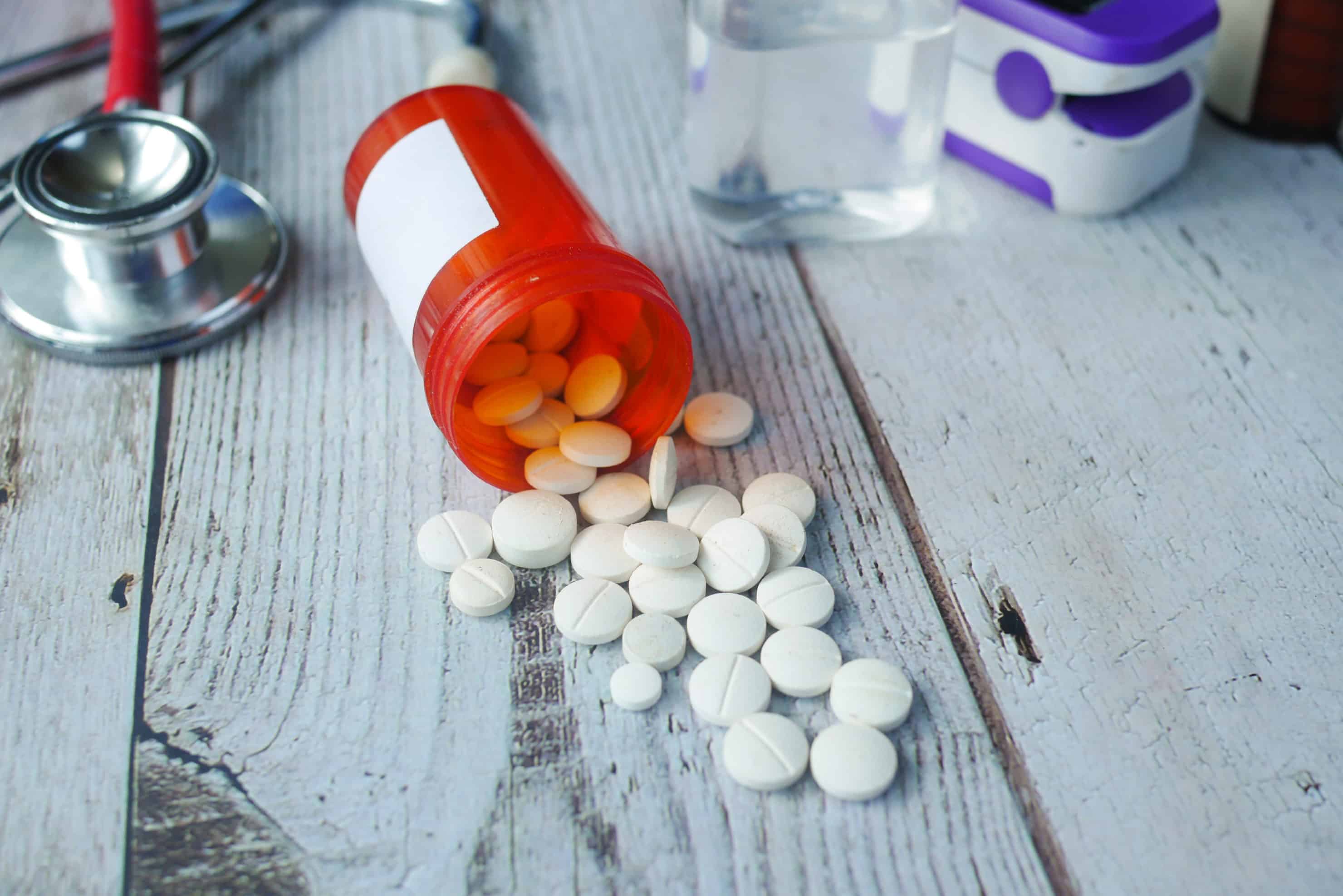Opioid Crisis, how Palm Beach is moving the dial
West Palm Beach, Florida, like the rest of the nation, struggles with the ongoing opioid crisis, and the county’s largest fire department—Palm Beach County Fire Rescue—relies on HealthCall’s innovative software to track and mitigate these community challenges.
Palm Beach County Fire Rescue’s success in this area was recently profiled by EMS World. Receiving approximately 140,000 911 calls for help each year, Palm Beach County Fire Rescue serves a heavily populated 1,761 square miles, with many of those calls being related to substance abuse, including overdose. Palm Beach County Fire Rescue recently began leveraging mobilized integrated healthcare that combines traditional emergency medical response services with long-term medical assistance to help patients more effectively face the difficulties of addiction and prevent future relapses and possible overdose. Many of these patients also live with other comordbities, such as high blood pressure and type 2 diabetes.
In fact, Health Care District of Palm Beach County recruited Palm Beach County Fire Rescue into its outpatient medication-assisted treatment maintenance therapy pilot program, which ran from March through May 2017. Palm Beach County Fire Rescue also took advantage of telehealth technology to create long-term followup medication-assisted treatment plans for patients recovering from addiction. This more coordinated and data-driven approach to patient followup led to a significant decrease in overdose calls, says Richard Ellis, division chief of medical services at Palm Beach County Fire Rescue. When the crew began tracking data in May 2017, there were 440 opioid-related calls; by July 2019 there were 134. In fact, the monthly average of 200 opioid overdose calls dropped in half within one year of implementing the program.
Lauren Young, LCSW, Palm Beach County Fire Rescue’s in-house social worker who is on the frontlines of the community opioid epidemic, says EMS can be a bridge and is connecting patients with resources in a nonjudgmental way. “We have a unique opportunity to build on that trust,” says Young, “because we’re the first line of access, but staying true to who we are in EMS and bridging them to resources in the community is critical.”

